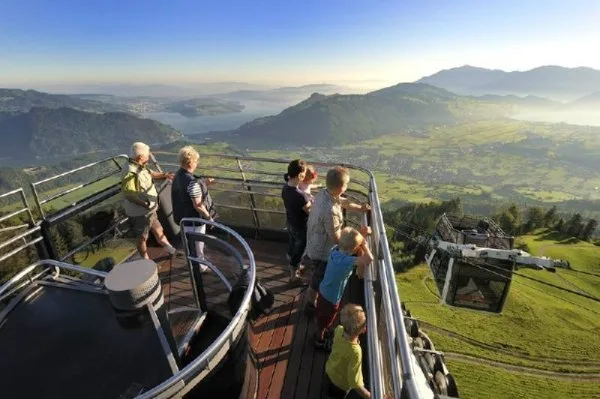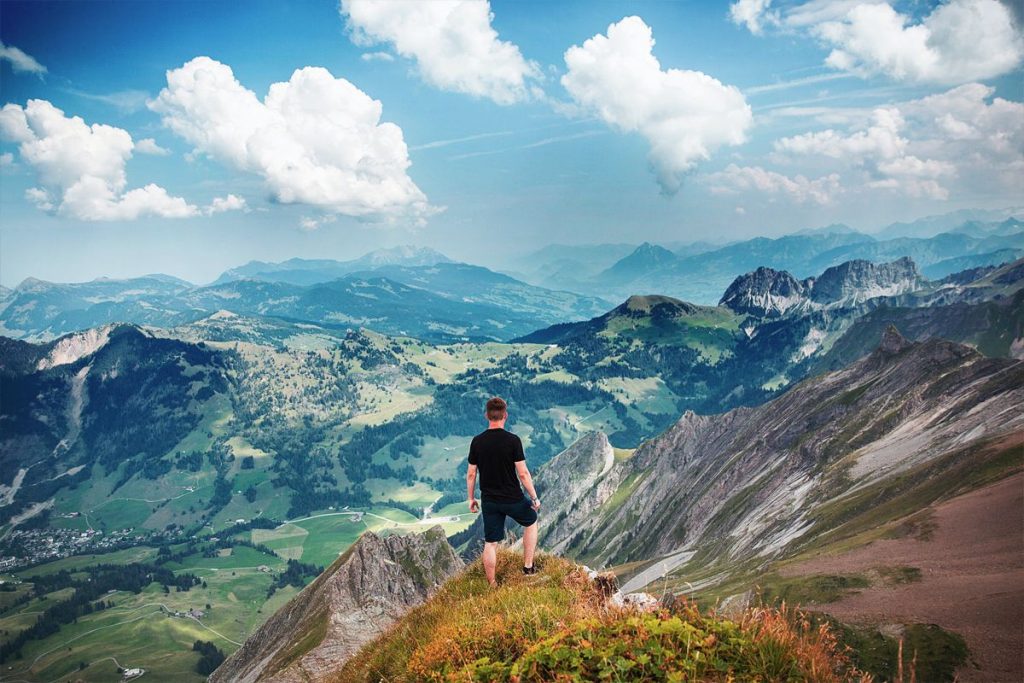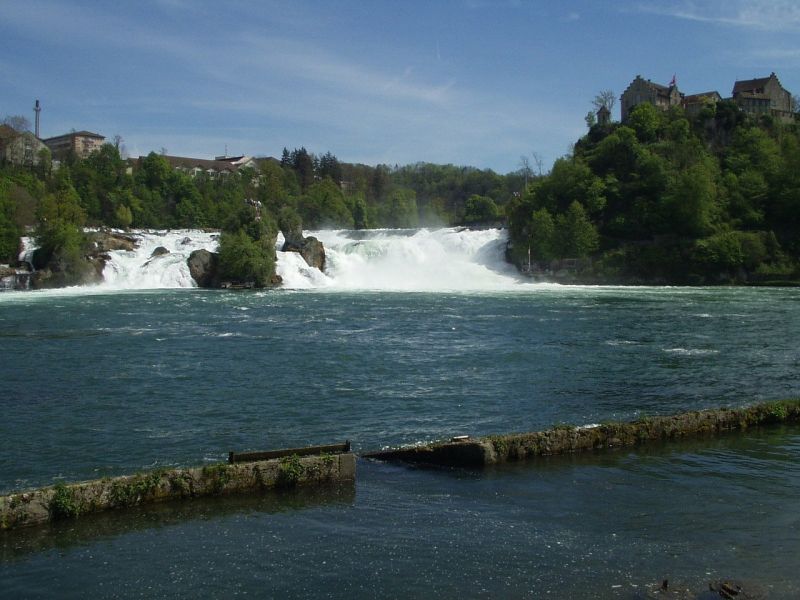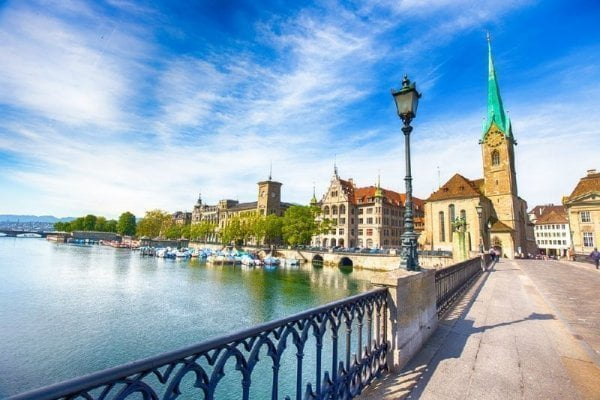Bern Capital City Small Group Tour
Tour of Bern, from $91

Bern Capital City Small Group Tour. This three-hour city tour of Switzerland’s capital is an informative walking tour that will take you to all the major locations in the city. See the garden of roses with an astonishing perspective of the city, explore below arcades built under the protection of UNESCO, then walk alongside the Rhône River and visit the bears that have their habitats there in front of the Swiss Federal Palace.
We’re included on this tour from the start with our professional guide. We’ll be happy to help you understand the people and culture of the country you’re visiting. The tour guide knows the locations and avoids the well-trodden path.
Bern Capital City Small Group Tour
Itinerary
Rose Garden (Rosengarten)
The Rose Garden is widely regarded as one of Bern’s loveliest parks, thanks in large part to its breathtaking vantage point above the Old Town’s rooftops, the Münster (Minster), and the Aare river’s loop.
Visitors of all ages can enjoy the Rose Garden at their own pace, whether that’s taking a leisurely stroll through the park, reading a book on a seat, having a picnic with friends, watching the sunset as a couple, or just sitting on a garden wall and swinging their legs. The park is highly valued by the community due to its status as a preferred location for romantic outings and social gatherings after work.
As it sits atop the UNESCO World Heritage Site, this public park provides a breathtaking panorama of Bern’s historic center. In clear conditions, one can see all the way to the Alps, as well as Bern’s local mountain, the Gurten. The Rose Garden is not only a great place to relax but also a great spot to take some great pictures to take home as mementos.
Bear Pit bear park, Aare river
The Bear Pit, also known as the “Bärengraben,” first opened in 1857; however, after much debate, a 6,000 square-meter bear park was constructed in 2009 on the outskirts of the Old Town beside the Aare River. The bears can still use the tunnel to go to the Pit, which has gained national attention and significance. You can take a tour and see three Bernese bears up close.
Nydeggbrücke (Nydegg bridge)
The Nydeggbrücke in Bern, Switzerland, links the eastern half of the ancient city to the western half of the modern city. It spans the river Aare and sits in close proximity to the Bärengraben. The first bridge across the Aare before this one was erected in 1840’s Untertorbrücke. The construction of the Nydeggbrücke, which measures a total of 190 meters in length, lasted three years. Important to Swiss history, it is a national landmark.
Nydegg Bridge, made of in the freestone style, has three arches spanning river Aare. The bridge was constructed with Merlinger and Jura limestone (from Solothurn) for the foundation and blue sandstone from neighboring Ostermundingen for the cladding.
Mattequartier
One of Bern’s historic neighborhoods, the MatteQuartier dates back to the early modern era. Located on a peninsula in the middle of the Aare, just below the actual old town, sits the neighborhood. That area is visibly isolated from the rest of the city.
The MatteQuartier was famous for its bathhouses, some of which doubled as brothels, for quite some time. In 1760, Giacomo Casanova came here for a good time, and by the summer of 1824, the architectural mastermind of Berlin, Karl Friedrich Schinkel, was appalled by the immorality on show. The mat was assigned the color black when the city’s five districts were established in 1798.

Personenaufzug Matte-Plattform – Senkeltram
Located on the Münsterplattform in close proximity to Bern’s cathedral is the Mattelift, a straightforward elevator, known as Senkeltram. It is a kind of public transportation that links the downtown area to the Matte neighborhood, a historic working-class hub where industries like tanning were practiced. The Senkeltram is a tramway that travels up and down a lace, as the locals have dubbed it.
First introduced to the public in 1897, the elevator has undergone numerous renovations over the years. Around 800 passengers are shuttled daily. There is also an alternative route up the Mattetreppe, a set of 183 covered steps.
Münsterplattform
The Münsterplattform has many grassy areas and shady chestnut trees, making it a great place for a picnic, some playtime, and some R&R. This former churchyard is now a popular meeting area due to its stunning panorama over the Aare, the Alps, and the Bernese Matte neighborhood.
Bernese of all ages congregate on the Minster’s historic platform, known locally as “Pläfe” for short. Here, families with kids picnic, retirees play boules, teens have a good time at the ping pong tables, and lovers take in the stunning panorama of the green-blue Aare and the towering peaks of the Alps. Even in the heat of July, a pleasant area can be found among the enormous chestnut trees and along the many seats.
Cathedral at Munsterplatz / St. Vincent (Munster Kirche)
Bern Minster St. Vinzenz is the largest and most significant late medieval church in Switzerland, making it the most remarkable example of late Gothic architecture in the city. The highest Swiss church tower offers a breathtaking panorama over the city, the surrounding countryside, and the snowy peaks of the Bernese Oberland.
As the tallest religious structure in Switzerland, the three-aisled basilica (there is no transept) dominates the skyline of Bern’s historic district. Work on this masterpiece began in 1421, and it took generations of craftsmen to complete. Construction on the tower didn’t wrap up until 1893.
The sole image to survive the iconoclasm of the Protestant Reformation is the Last Judgment, which may be seen in the main portal. The cathedral tower, which is 100 meters in height, can be accessed by climbing 344 steps from the main entrance.

Erlacherhof
The Erlacherhof, in the center of Bern, is one of the largest privately held mansions in the city. After finishing construction in 1752, this sumptuous edifice served as the French government headquarters, the French embassy, the Swiss council chambers, and a school, and is now the official residence of the Mayor of Bern. This baroque structure is a sight to behold and well worth a visit.
Rathaus Bern
Bern Townhall (Rathaus) houses the Grand Council of Bern, the Executive Council of Bern, and the Grand Council of the City of Bern.
If the Bernese flag is flying over the city hall, that implies the politicians are holding a meeting inside. The “little brother of the federal building” plays host to four annual sessions of the cantonal parliament. The government council meets once a week to discuss and make decisions on political matters.
The 15th-century late Gothic edifice also serves as the site of important media conferences. Due to its convenient location in the heart of the historic district below, the town hall also serves as a frequent venue for meetings of both cantonal and intercantonal committees.
Clock Tower – Zytglogge
The Clock Tower in Bern is as old as the city itself, having been constructed in 1191 as the western gate to the much smaller Bern at the time.
The tower’s copper spire rises high above the city center, and its astronomical clock mechanism was installed in 1530, during the Reformation. This was the official timepiece of Bern from the 16th to the 19th centuries, by which all other clocks in the city were measured. Spectators congregate at the clock five minutes before the hour to see the mechanism, which dates back approximately 500 years.
Federal Building (Bundeshaus)
The Swiss Parliament is located in the Parliament Building in Bern, which is considered the “heart” of Swiss democracy. Under its impressive dome, parliament sessions take place, and federal government and administrative offices are located in the west and east wings, respectively, in Switzerland. Bundesplatz, often known as Parliament Square, is an outdoor gathering spot used by people of all ages.
Weltpostdenkmal
The Universal Postal Monument can be found on the Kleine Schanze in Bern and serves as a constant reminder that Bern is the birthplace and current location of the Universal Postal Union, which has been in operation since 1874.
Parisian René de St. Marceaux took first place in the 1903–04 Universal Postal Union international competition. Bronze castings of his design were completed in 1908, and the completed structure was dedicated on the Kleine Schanze on October 4, 1909.
Here we end our Bern Capital City Small Group Tour.














